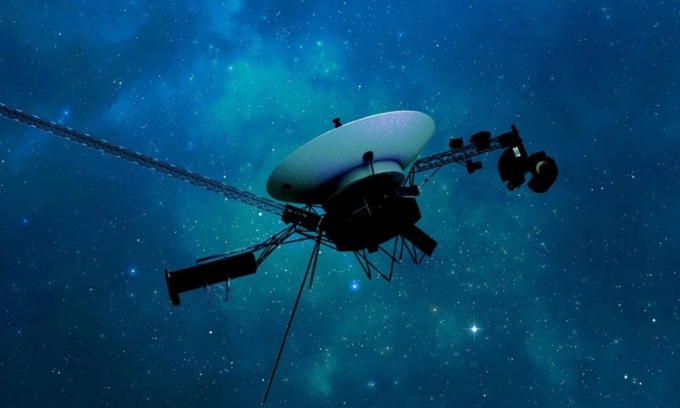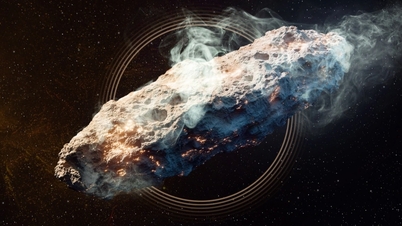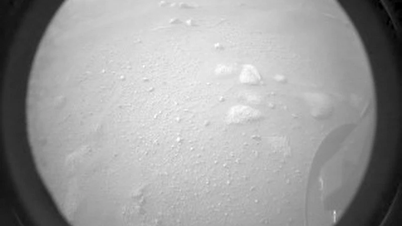The Voyager 1 spacecraft has been transmitting meaningless data since the end of November last year because a chip on board may have been struck by a high-energy particle.

The Voyager 1 spacecraft is currently flying through interstellar space. Photo: NASA
For the past five months, the Voyager 1 spacecraft has been transmitting unreadable data back to Earth. Prior to that, the 46-year-old spacecraft sent radio signals regularly as it drifted further and further away from the solar system. However, in November 2023, the signals suddenly became erratic, meaning scientists could not read any data from the spacecraft, and they did not know where the malfunction originated.
In March 2024, NASA engineers transmitted a command to the spacecraft to retrieve display information from the spacecraft's Flight Data System (FDS). This system packages Voyager 1's scientific and technical data before transmitting it back to Earth. After decoding the spacecraft's response, the engineering team discovered the source of the problem lay in a faulty FDS memory, Live Science reported on April 5.
"The engineering team suspects the chip responsible for storing part of FDS's memory is malfunctioning," NASA announced. "The engineers couldn't definitively determine what caused the problem. It's possible the chip was struck by a high-energy particle from space or simply became old after 46 years."
Although it may take several months, NASA engineers may find a way to run the FDS without the burned-out chip, restoring the spacecraft's signal transmission capabilities and allowing it to continue sending information read from outside the solar system.
Since its launch on September 5, 1977, Voyager 1 has traveled away from the Sun at a speed of approximately 17 km/second. Voyager 1 officially made its way through interstellar space in 2012, becoming the first spacecraft to do so. Currently, it is the farthest man-made object from Earth.
An Khang (According to Live Science )
Source link




![[Photo] Prime Minister Pham Minh Chinh attends the Conference summarizing and implementing tasks of the judicial sector.](/_next/image?url=https%3A%2F%2Fvphoto.vietnam.vn%2Fthumb%2F1200x675%2Fvietnam%2Fresource%2FIMAGE%2F2025%2F12%2F13%2F1765616082148_dsc-5565-jpg.webp&w=3840&q=75)















































































































Comment (0)